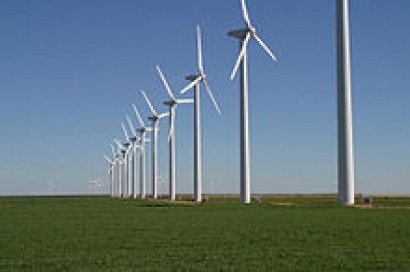
The report indicates that GE, Vestas, Siemens, Mitsubishi, Enercon and Gamesa together control almost 50 percent of all global patent filings. Other Tier 1 global turbine manufacturers, such as Sinovel and Goldwind are gaining ground, but until recently, they have filed their patents exclusively in China, the consultancy said..
Patent filings are up sharply across the entire wind industry since 2006, largely due to an increased spend on research and development as well as intellectual property (IP) protection. “It seems like there is an IP arms race currently underway in wind,” said Philip Totaro, CEO and Principal at Totaro & Associates.
The report shows only about 1 percent of issued patents are a high impact on the products and services currently offered by the industry as a whole, with another 7 percent which may become relevant in the future depending on technology adoption. The remaining 92 percent of global patent filings are merely providing companies with basic defensive IP protection on their own distinct technologies, products and service offerings.
While most companies appear to be in-line with industry averages in terms of overall patent portfolio distribution of low, medium and high risk filings, GE seems to stand out. GE’s high risk patent filings as a percentage of their overall portfolio, are double the industry average at 1.9 percent vs. 0.9 percent. GE’s patent portfolio also comprises over 36% of all high risk patents throughout the industry, showing a concerted effort to gain a tactical advantage through capturing and aggressively enforcing IP rights.
In assessing the technology trends apparent from the research, the report indicates that component developments have historically been directed towards blades, gearboxes, generators and electrical systems, with newer filings directed towards controls and a continuing focus on blade performance enhancements.
Technology developments have historically been directed towards component reliability, torque/speed control,frequency/voltageregulation, performance optimization and load mitigation, with newer filings directed towards manufacturing, construction and O&M.
Although, when it comes to deployment of these new technologies, Totaro cautioned that a gap exists, “We presently see a commercialization gap amongst technologies being investigated and those actually being deployed. We believe this is due to project financiers not incentivizing the development and introduction of new technologies and products because of associated technical and commercial risks.”
For additional information:

